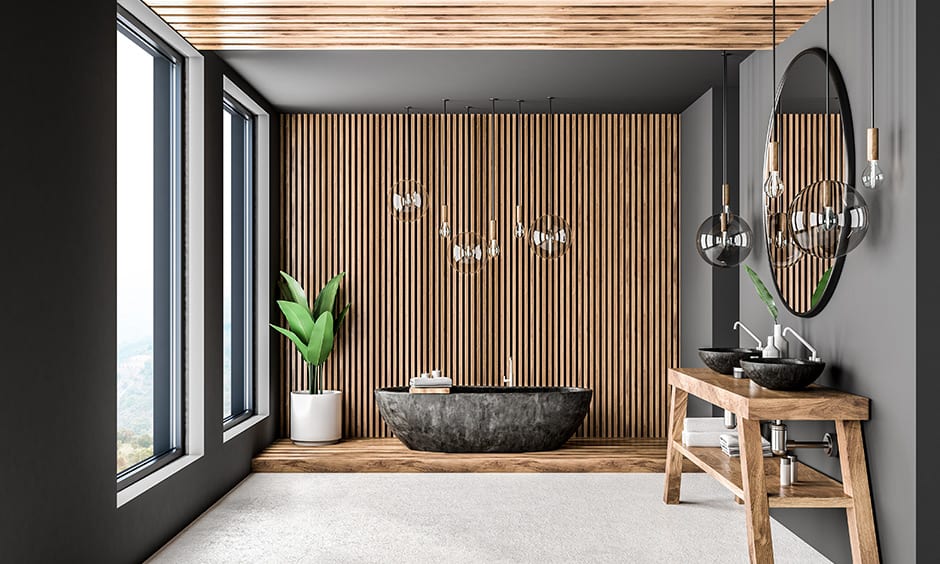
Water-saving toilet reviews: Best Options for Tech Lovers
Share
In today's rapidly evolving world, the emphasis on sustainability and technology is more significant than ever. For tech professionals and enthusiasts, the intersection of smart technology and environmental responsibility presents a compelling area of exploration. Among the many innovations, water-saving toilets have become a hot topic due to their potential to conserve valuable resources while enhancing convenience and efficiency.
The rise of water-saving toilets marks a significant shift towards eco-friendly solutions in everyday life. As the name suggests, these toilets are designed to minimize water consumption, a crucial feature in a world where water scarcity is becoming increasingly problematic. This article delves deep into the best options available, offering a comprehensive review for those who are tech-savvy and environmentally conscious.

The Importance of Water Conservation
Water is a finite resource, and its conservation is critical for ensuring sustainable futures. Traditional toilets, which can use up to 7 gallons per flush, are a significant contributor to water wastage. In contrast, water-saving toilets can reduce this usage to as little as 1.28 gallons per flush, according to the EPA's WaterSense program. This not only conserves water but also reduces utility bills, making it a win-win solution for users.
Top Features of Water-saving Toilets
Dual-Flush Systems
The dual-flush system is a popular feature in modern water-saving toilets. It offers two flush options: a low volume flush for liquid waste and a higher volume flush for solid waste. This flexibility allows users to optimize their water usage based on the necessity, promoting both efficiency and environmental responsibility.
For more insights on installing dual-flush systems, check out our guide on dual-flush toilet installation.
Smart Technology Integration
Integrating smart technology into water-saving toilets is a game-changer for tech enthusiasts. These toilets often come equipped with sensors that detect usage patterns and adjust water consumption accordingly. Some models even offer smartphone connectivity, allowing users to monitor and control their toilet remotely, adding a layer of convenience and innovation to bathroom fixtures.
Leading Brands and Models
Several brands have made significant strides in the development of water-saving toilets. TOTO, Kohler, and American Standard are among the frontrunners, offering models that combine efficiency with cutting-edge technology.
TOTO Washlet+
The TOTO Washlet+ is renowned for its advanced features, including a self-cleaning wand and a pre-mist function that ensures the bowl stays clean with less water. Its seamless integration with smart home systems makes it a favorite among tech enthusiasts.
Kohler Veil Intelligent Toilet
The Kohler Veil Intelligent Toilet boasts a minimalist design with a powerful dual-flush system. Its touchless operation and personalized settings cater to modern users looking for a blend of luxury and sustainability.
Economic and Environmental Benefits
Investing in water-saving toilets is not only environmentally responsible but also economically advantageous. With a significant reduction in water usage, households can expect lower water bills. Moreover, many regions offer rebates for installing water-efficient fixtures, making it a financially sound decision. Learn more about these programs in our article on toilet rebate programs.
For tech professionals, the economic benefits extend beyond just savings. The integration of smart technology in these toilets can lead to increased property value and appeal, particularly as buyers become more conscious of sustainability and innovation.
Challenges and Considerations
While the benefits of water-saving toilets are substantial, there are challenges to consider. Initial costs can be higher than traditional models, although this is often offset by long-term savings. Additionally, the installation might require specific plumbing adaptations, which could be a consideration for older homes.
For those interested in troubleshooting and maintaining their water-saving toilets, our guide on fixing a water-saving toilet offers valuable tips and insights.
Conclusion
In conclusion, water-saving toilets represent a significant leap forward in the pursuit of technological advancement and environmental sustainability. By embracing these innovations, tech professionals and enthusiasts can contribute to a more sustainable future while enjoying the benefits of modern technology. As we continue to navigate the complexities of resource conservation, the adoption of water-saving technologies will undoubtedly play a crucial role in shaping a greener tomorrow.

FAQs
1. How much water can a water-saving toilet save compared to traditional models?
Water-saving toilets can save up to 60-70% more water compared to traditional models, depending on the specific design and features.
2. Are there any financial incentives for installing water-saving toilets?
Yes, many regions offer rebates and incentives for installing water-efficient fixtures. It's advisable to check with local utilities or government programs for available options.
3. Do water-saving toilets require special maintenance?
While they generally don't require special maintenance, some models with advanced technology might benefit from regular checks to ensure all components are functioning optimally.
This article contains affiliate links. We may earn a commission at no extra cost to you.
